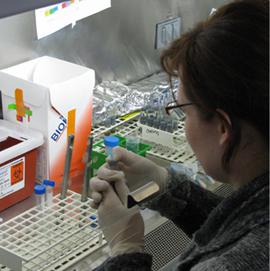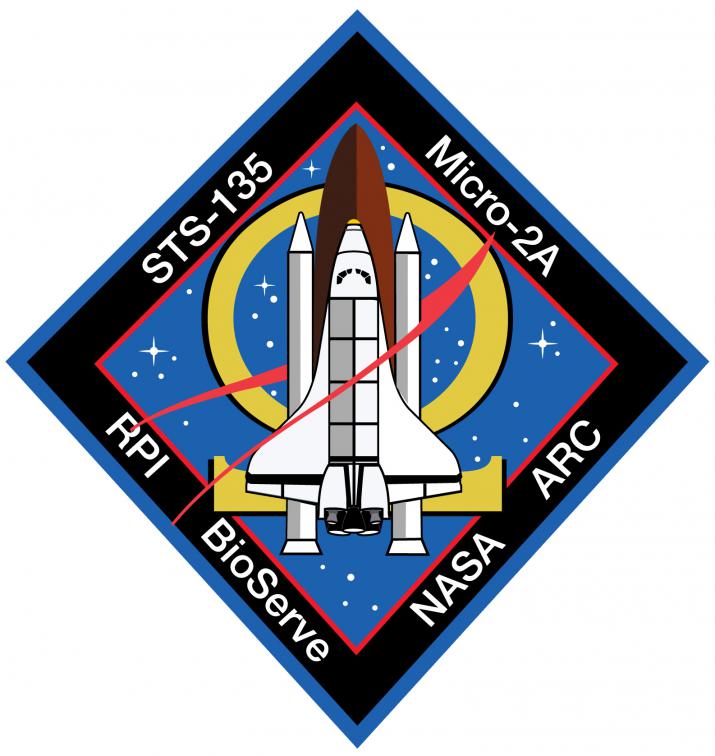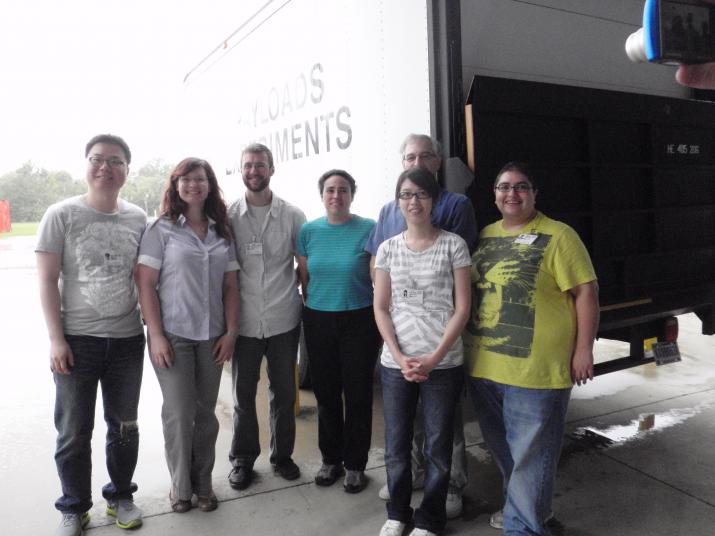Micro-2A (STS-135)
Microbial Biofilm Formation During Space Flight
Purpose: Understand the effects of microgravity on the growth, cellular physiology, and cell-cell interactions in microbial biofilms
Specimens: Pseudomonas aeruginosa and Staphylococcus aureus
Experiment Overview
There is an urgent need to understand the effects of microgravity on the growth, cellular physiology, and cell-cell interactions in microbial biofilms. This information can then be used to curtail harmful activities of microbial consortia thriving as biofilms on the International Space Station and for the long-term success of human space exploration. Bacterial biofilms were abundant on the Mir space station and were responsible for increasing corrosion and blocking a water purification system. Health and safety hazards linked to the development of biofilms are also of great concern, including increased rates of infection due to the enhanced survival of organisms within biofilms and increased resilience of biofilm populations to antimicrobial compounds.
The Micro-2A experiment is a follow-on study to the Micro-2 experiment that flew on STS-132 in May 2010. This experiment will continue to study how gravity alters biofilm formation with the goal of developing new strategies to reduce their impact on the operation of spacecrafts and the health of their crew.
Payload Overview
The Micro-2A experiment will use flight-certified hardware from BioServe Space Technologies, University of Colorado, Boulder. The Commercial Generic Bioprocessing Apparatus is a flight-certified incubator capable of controlling the temperature between 4°C and 37°C and can hold up to 16 Group Activation Packs. Each Group Activation Pack holds eight Fluid Processing Apparatus inserts. The Fluid Processing Apparatus is composed of a glass barrel divided into three chambers that are separated from each another by rubber septa. Each Fluid Processing Apparatus will contain growth medium with membranes in chamber A, a microbial culture suspended in stasis medium in chamber B, and a termination reagent in chamber C.
Launch & Return: STS-135 / ULF-7 Sortie Flight
Project launched: July 8, 2011
Final flight of shuttle Atlantis
Hardware:
* 16 Group Activation Packs will be utilized with one Commercial Generic Bioprocessing Apparatus
* Middeck Locker
* Eight flight Group Activation Packs and eight ground Group Activation Packs
* Eight Fluid Processing Apparatus per Group Activation Pack
Learn More:
Click to view the PLOS ONE research article “Spaceflight promotes biofilm formation by Pseudomonas aeruginosa.”
For more information, see the Space Station Research Explorer Micro-2A mission.
Payload Team
Principal Investigator – Cynthia H. Collins, Ph.D., Rensselaer Polytechnic Institute, Troy, New York
Co-Investigator – Joel L. Plawsky, Sc.D., Rensselaer Polytechnic Institute, Troy, New York
Project Scientist – Macarena Parra, Ph. D., Lockheed Martin, Ames Research Center
Hardware and Integration – Louis Stodieck, Ph.D., BioServe Space Technologies, University of Colorado, Boulder



































